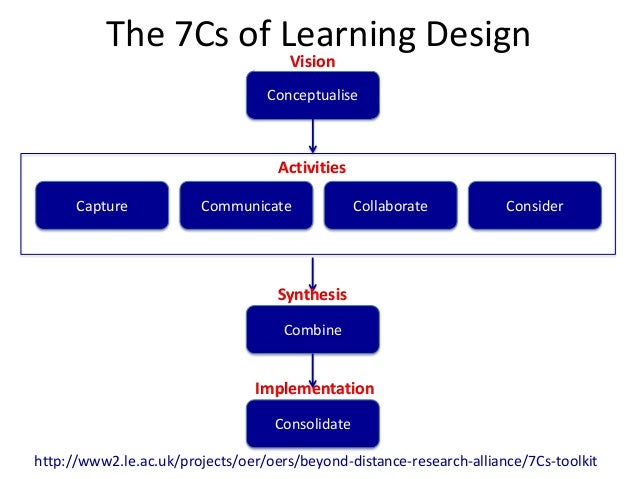Model-based learning is a theory that allows students to learn from building, critiquing and changing our ways of thinking on how the world works (Khan 2007). One of the big ideas from BC’s grade 6 math curricula is: Properties of objects and shapes can be described, measured, and compared using volume, area, perimeter, and angles. I’ve decided to use a T-GEM model to support student inquiry while using an information visualization technology from a website called Illuminations. In particular, to examine the challenging concept of how the angles of shapes add up when manipulated. Triona and Klahr argued that computer simulations can be as productive a learning tool as hands-on equipment, given the same curriculum and educational setting (As cited in Finkelstein et al., 2005).
T-GEM Model for understanding how angles in shapes work:
Introduction: Students will be introduced to pictures of different environments: downtown of cities, houses, construction, buildings, cars et. What shapes do you see? Patterns? Can you determine the measurement of each angle? The sum of all angles within these shapes?
Generate: Using the following link below, students will choose a polygon and reshape it by dragging the vertices to different locations. The students will see that when the figure changes shape, the angle measures will automatically update. Are there any patterns? What relationships do you see with triangles, quadrilaterals, pentagons, hexagons? Does the sum of all angles change or remain the same when they are manipulated? They will record their observations down.
http://illuminations.nctm.org/Activity.aspx?id=3546
Evaluate: Find a formula that relates the number of sides (n) to the sum of the interior angle measures. Why are we learning this? Can you think of any real-world examples when you would need to know the different angles within shapes? On the applet, play the animated clip in the lower right corner. Is there a different result for different shapes? Compare your results with a different group. Did you find the same formula?
Modify: Can you now look at shapes and determine the sum of all angles? Are there instances where you are not sure? Do shapes must be a certain size?
Reflection: Students will revisit the simulations again and create their own shapes. They will test their peers by asking them questions such as, “What will happen to sum of all angles when I move vertices upward?” They will reflect on their findings by posting a response to a collaborative tool called Padlet.
Finkelstein, N. D., Adams, W. K., Keller, C. J., Kohl, P. B., Perkins, K. K., Podolefsky, N. S., … & LeMaster, R. (2005). When learning about the real world is better done virtually: A study of substituting computer simulations for laboratory equipment. Physical Review Special Topics-Physics Education Research, 1(1), 010103.
Khan, S. (2007). Model‐based inquiries in chemistry. Science Education, 91(6), 877-905.
